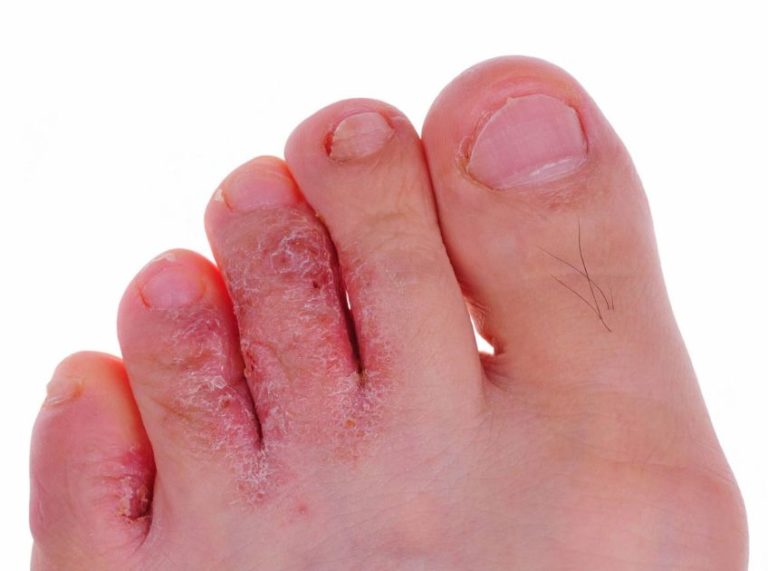
Important: This article is for informational purposes only. Please read our full disclaimer for more details.
Body discomforts like pain and aches are annoying and, if they get severe, disrupt daily routine. Back pain has become one of the most common issues lately due to various reasons, among which is bad posture. However, when back pain and nausea occur together, it makes things even worse.
Often, stomach pains are accompanied by the feeling of nausea. However, when this stomach pain radiates back, people experience both together. Likewise, sometimes, frequent vomiting creates pain and tension in the back.
Let’s understand why back and nausea occur in their symptoms and if they signify any underlying serious issue.
What Causes Nausea And Back Pain?
Back pain and nausea can occur together due to many reasons. It is important to know what the symptoms and causes of the same are so that the doctor can start the right treatment.
Here are some common causes and their symptoms-
1. Food Poisoning
Food poisoning due to the infestation of a stomach virus is one of the most common reasons behind stomach pain, back pain, and nausea (1). It is called gastroenteritis.
Symptoms
- Pain and inflammation in the stomach
- Intense stomach cramping radiating to the back.
- Muscle spasms in the stomach and back
- Vomiting
Gastroenteritis is a result of infection that may occur due to viruses and food-borne illness, salmonella. Sometimes, the stomach gets so inflamed that the pain radiates to the back and causes hard vomiting that again causes muscle spasms.
Even though home remedies can control the situation to some extent, taking medicinal help becomes essential when the symptoms get severe, such as
- Acute dehydration
- Vomiting continuously for 24 hours
- Vomiting just after eating
In such cases, keeping the body well-hydrated is very important to prevent any further health issues. Eating plain and bland food that is rich in fiber and easily digestible is also advised.
When the infection is less, gastroenteritis clears on its own after causing a little discomfort.
2. Problems in Liver Health
The liver is an important organ of the body, and a little health issue in it can cause great difficulty. An unhealthy liver or one with conditions like cirrhosis and liver cancer causes pain that gets acute with time and develops nauseated feelings (2).
In most cases of unhealthy liver, the pain starts from the upper right part of the stomach and radiates to the back.
3. Gallbladder Disease
An unhealthy gallbladder is another reason why one may get severe back pain and nausea. The gallbladder is a small, pear-shaped organ on the right side of the abdomen, just beneath the liver. The function of the gallbladder is to hold bile, a digestive fluid that’s released into the small intestine for proper digestion (3).
Usually, gallbladder pain comes suddenly and keeps worsening. If one experiences sharp and intense pain in the upper abdomen, it could indicate some problem in the liver or gallbladder. In such cases, seeking medical help immediately is necessary.
4. Pancreatitis
The pancreas is another important organ of the body, located in the abdomen. It converts food into fuel for the body’s cells. However, when it gets inflamed, the person may have pancreatitis, which could be acute or chronic (4).
When the inflammation is severe, it is acute pancreatitis. The symptoms are-
- Swollen stomach, tender to touch
- Fast heartbeat
- Chalky bowel movements
- Nausea
- Pain in the abdomen, radiating to the back
Such cases require emergency medical care as they can be life-threatening.
5. Kidney Stones

Since the kidney lies on either side of the midback, any infection or stone can bring exuberating pain in the stomach and back. In kidney stones, the person may experience pain in the side where the stone resides. Often the pain radiates toward the groin and is accompanied by nausea (5).
With the right medication, kidney stones have the chance to pass out with urine. However, if they do not pass and symptoms persist, consult the doctor.
In case of kidney infection, the person may develop the following symptoms-
- Fever
- Chills
- Pain in urinating
When left untreated, the infection can pass to other organs around the kidney; therefore, seeking medical help is essential. Usually, the doctor will prescribe antibiotics to curb the situation.
6. Ulcer
Another common cause of back pain and nausea is ulcers in the gastrointestinal membrane (6). An ulcer is more like a wound that can appear in the stomach, intestine, or digestive organs. When the wound is in its initial stage, it may not cause any discomfort; however, as it starts bleeding, the person may suffer intense pain and be nauseated.
While most ulcer pains do not radiate back, those that are near the back cause back pain. The common treatment line includes taking antacids and making some dietary changes.
The doctor may also prescribe prescription medicine.
7. Diverticular Disease
When small sacs develop in the lining of the colon and get inflamed, it causes diverticulitis. It often occurs as people age. Once inflamed, these sacs can develop intense pain (7).
Other symptoms of diverticular disease include the following-
- Pain radiating towards the back
- Constipation or diarrhea
- Swollen and tender stomach
Diverticulitis requires medical help because untreated issues can cause bleeding, and the inflamed sacs can puncture the wall of the colon.
8. Pregnancy

Pregnant women often get back pain and nausea due to different reasons. While pregnancy hormones can be blamed for the cause, there are other reasons, too, such as expanding the uterus.
Usually, nausea in the first trimester is due to gonadotropin, the pregnancy hormone (8). It often causes morning sickness, which is accompanied by vomiting. Even though it’s a symptom of the first trimester, some women get it for the second trimester and even during the entire pregnancy journey, along with back pain.
At the same time, as the pregnancy progresses, the expanding uterus and increasing weight strain the back muscles, leading to back pain. In the last few months of pregnancy, nausea could be due to pressure on the organs from the uterus.
Back pain and nausea in pregnancy can be exhausting but don’t depict any serious issues.
Conclusion
There are many reasons behind back pain and nausea; therefore, getting the right diagnosis is essential to start the right treatment. Usually, when the problem is not serious, both back pain and nausea fade after a few days; however, if they persist, visiting a doctor is essential to diagnose the problem.
Related Articles
- Pregnancy Back Massage: How To Do It, Benefits And Precautions
- Unlock Your Spine: 6 Best Yoga Poses to Improve Back Flexibility
- The 10 Best Foods That Help Reduce Back Pain
- 10 Simple Yoga Poses for Back Pain
- 7 Best Yoga Poses for Lower Back Pain Relief
- 8 Best Exercises For Lower Back Pain Relief
- Yoga for Upper Back Pain: 5 Best Yoga Poses to Relieve Upper Back Pain















